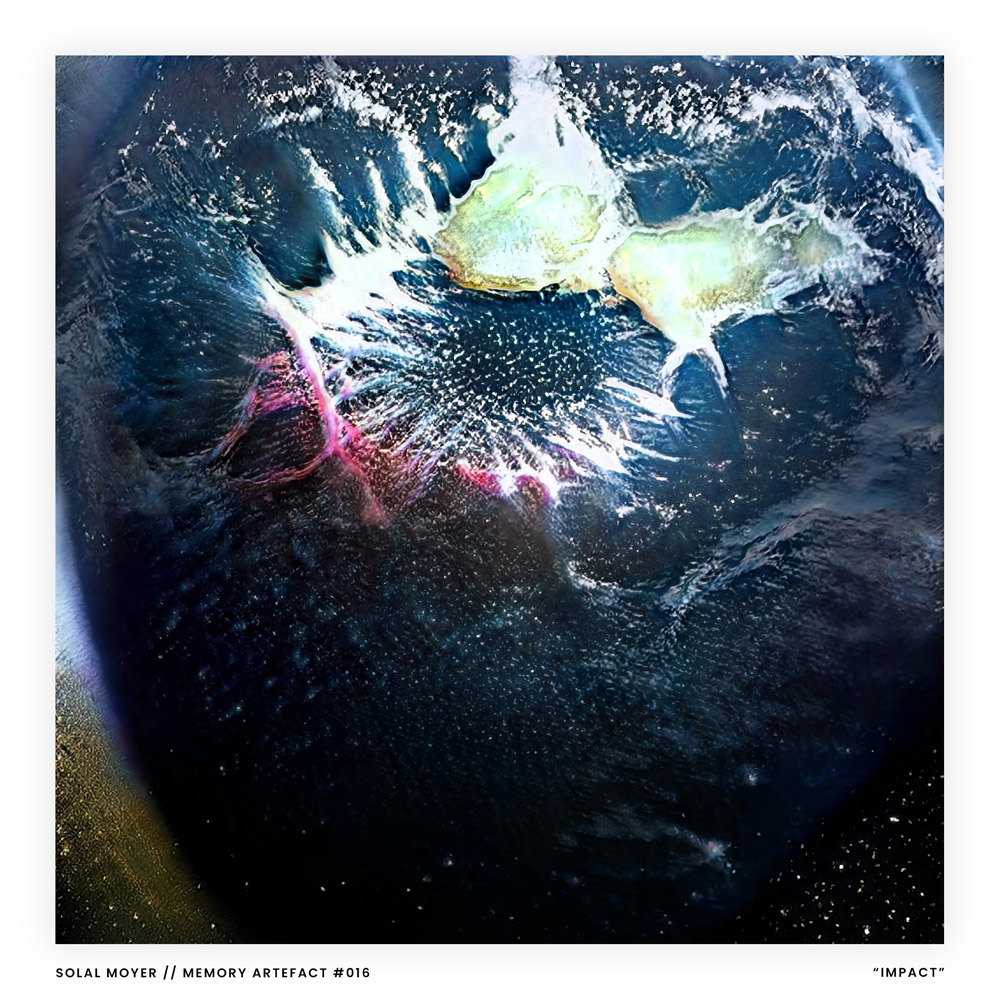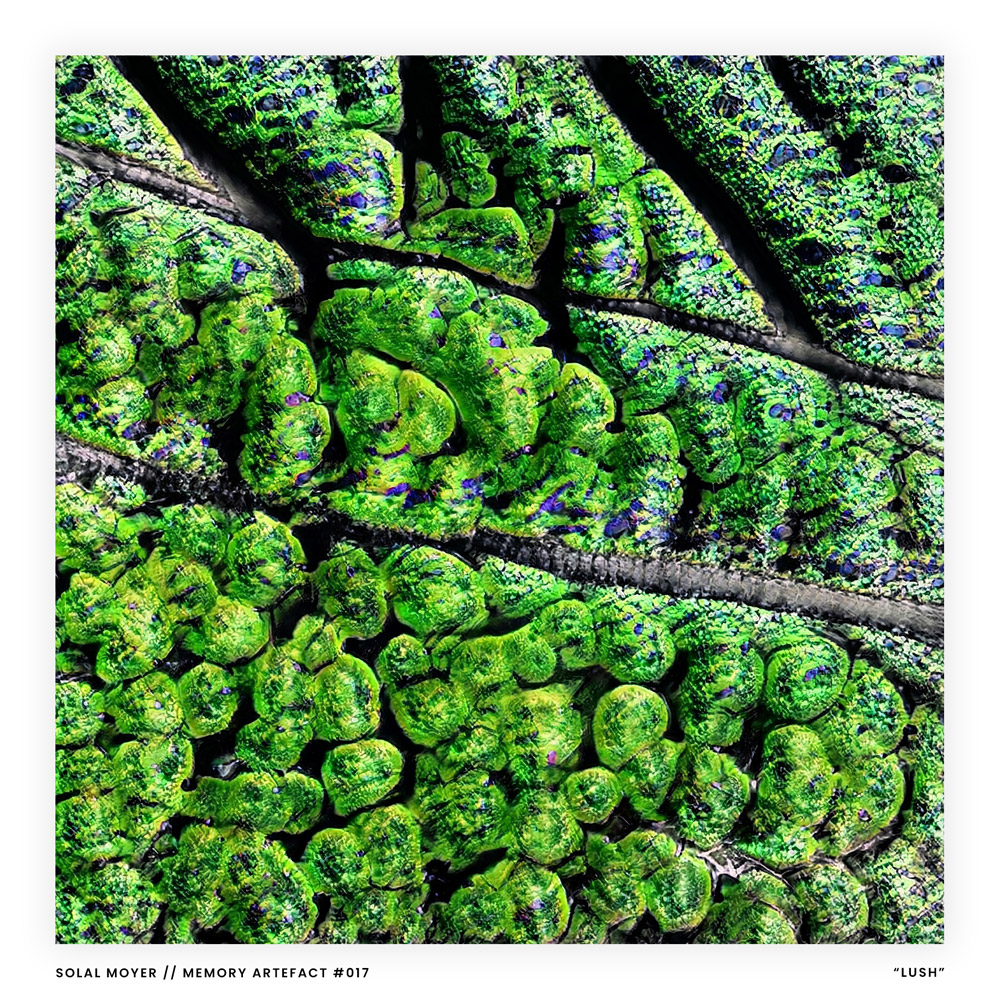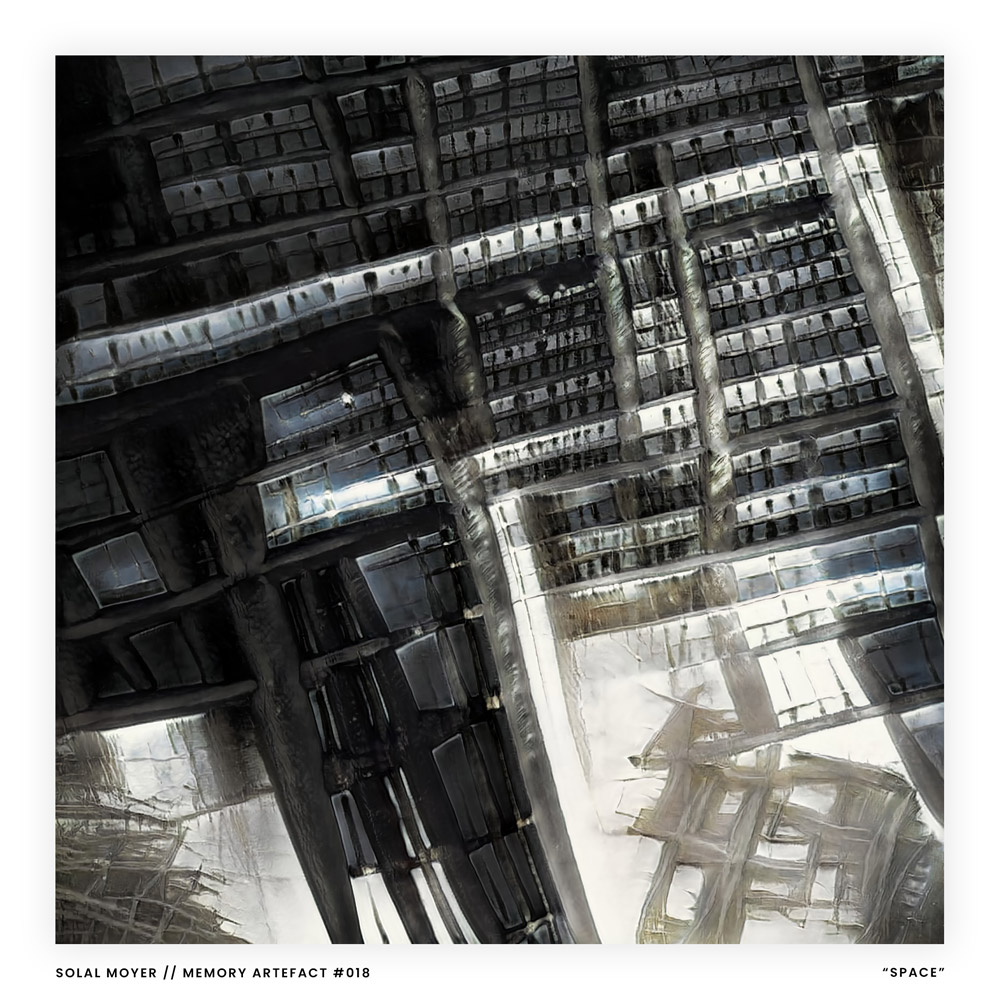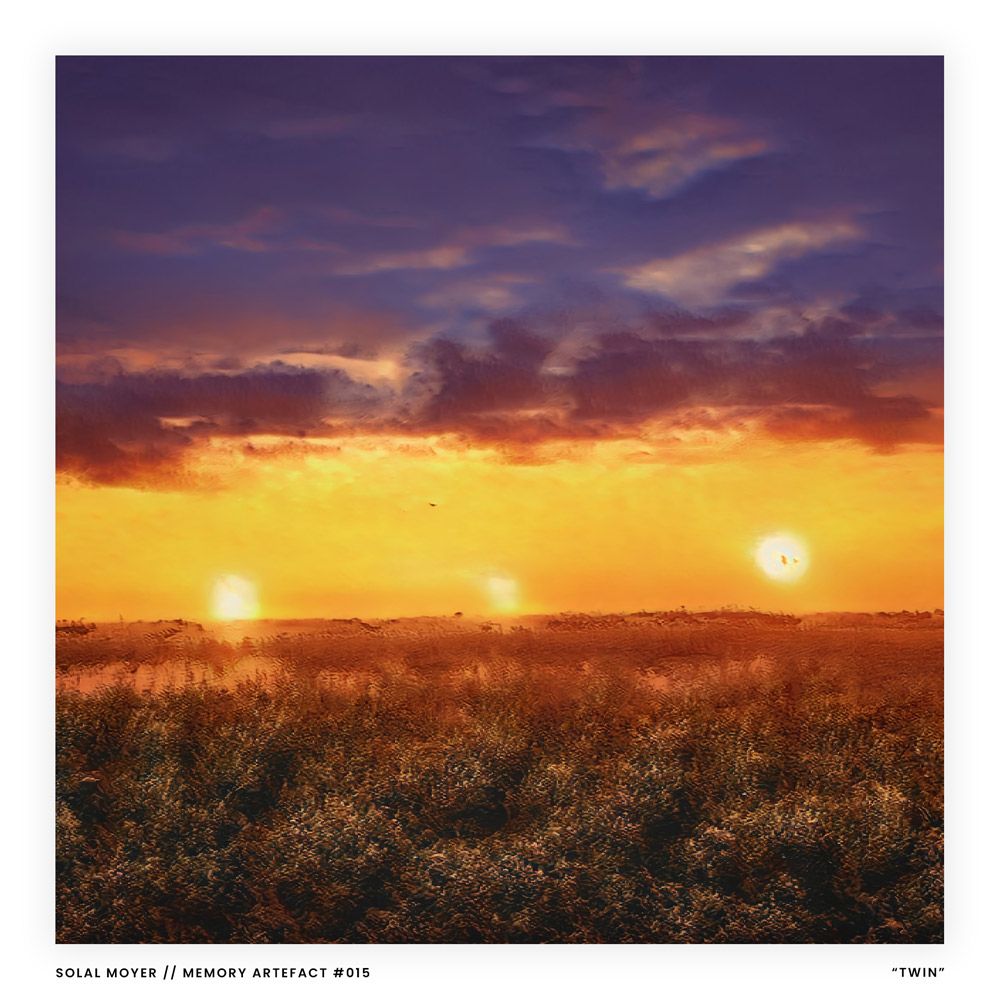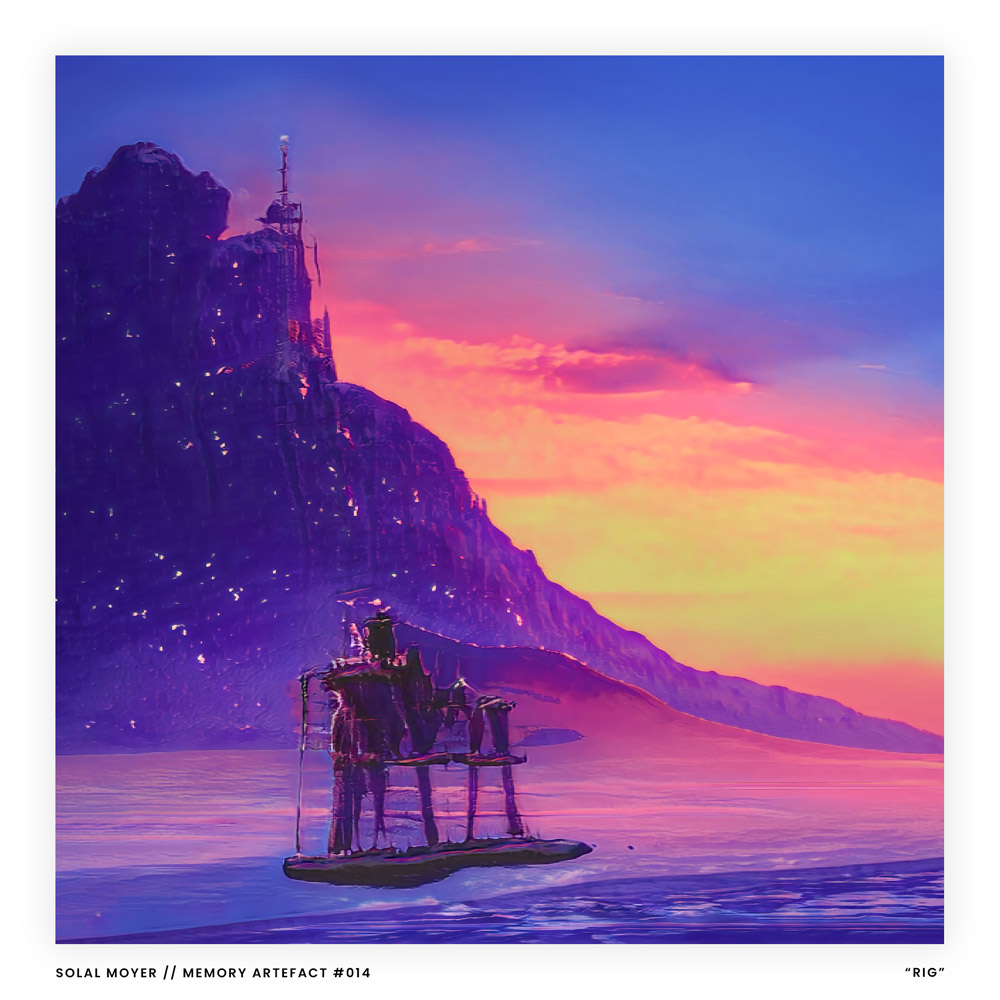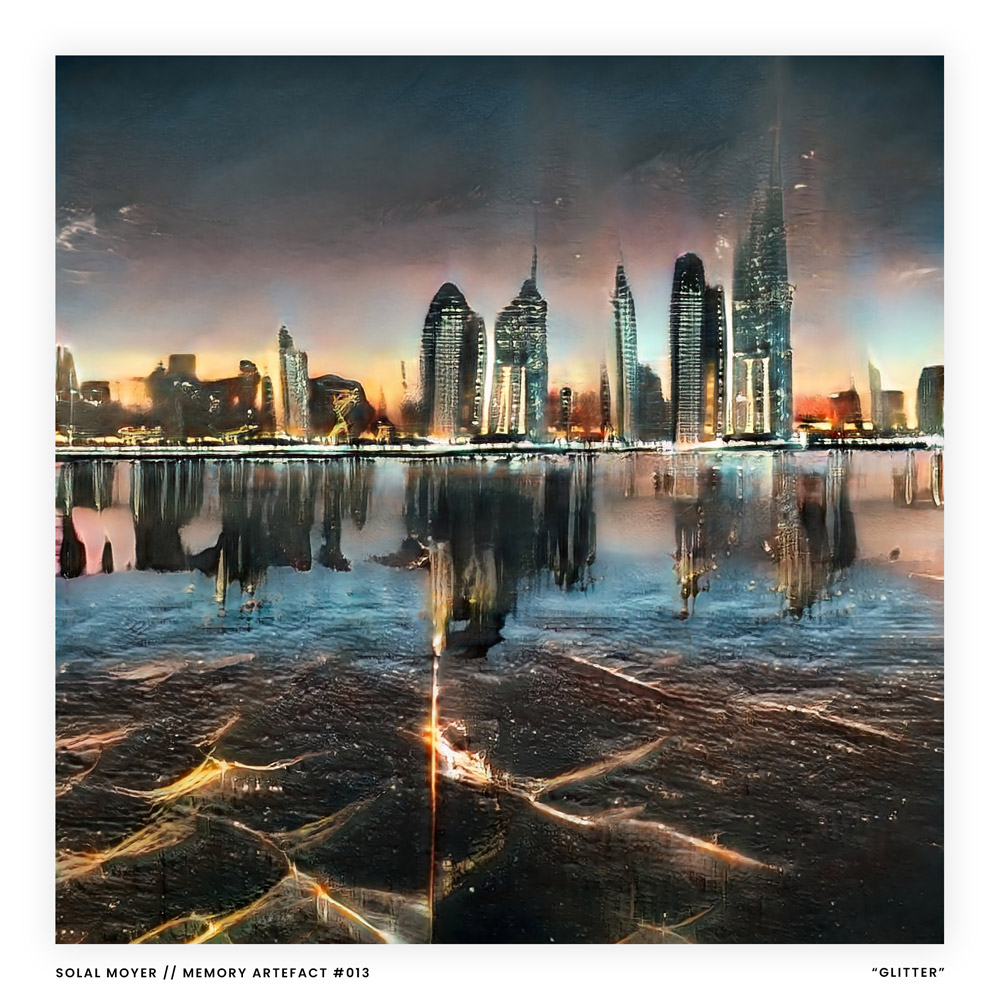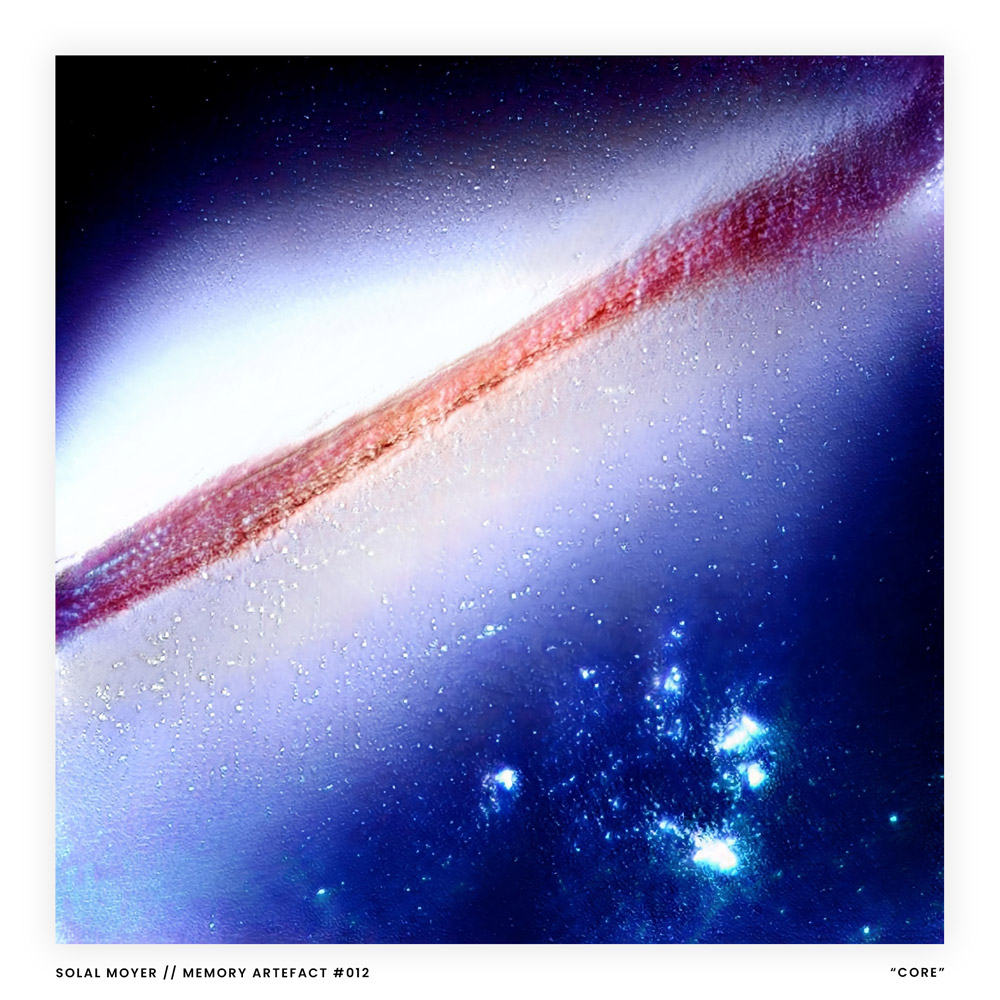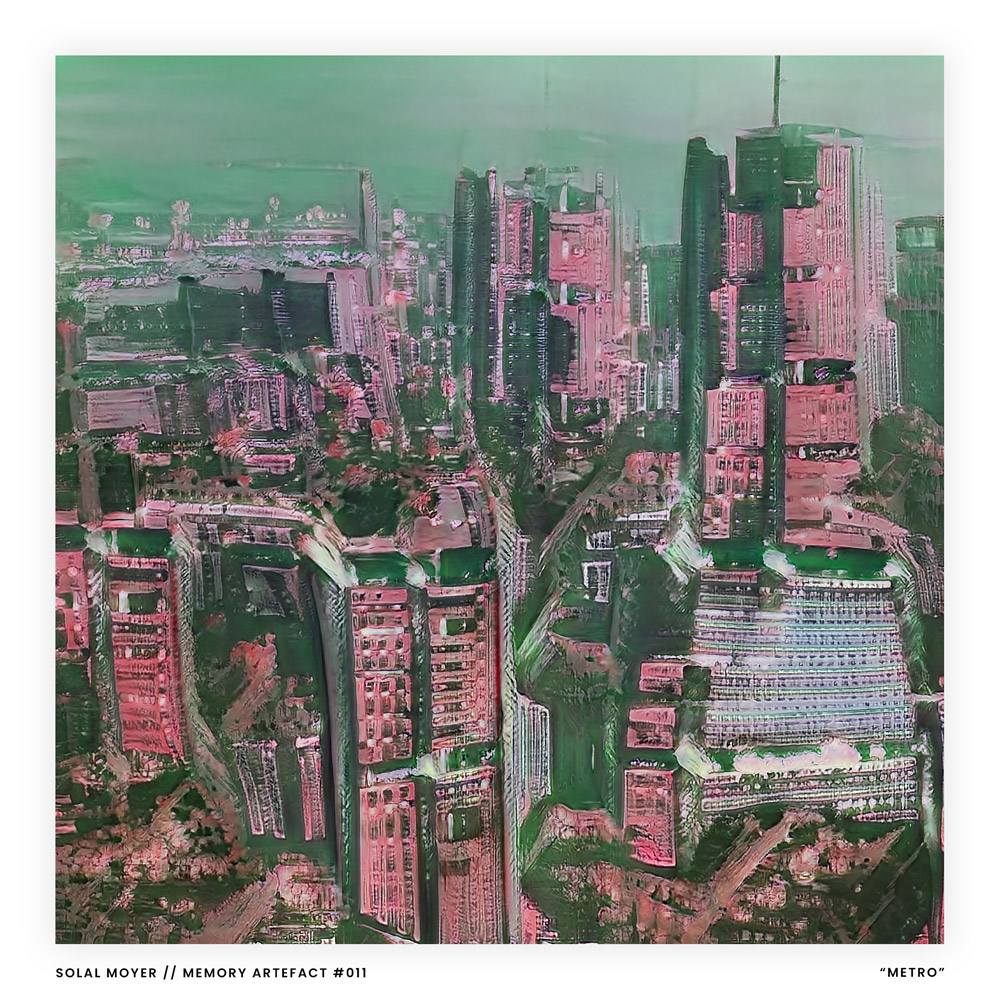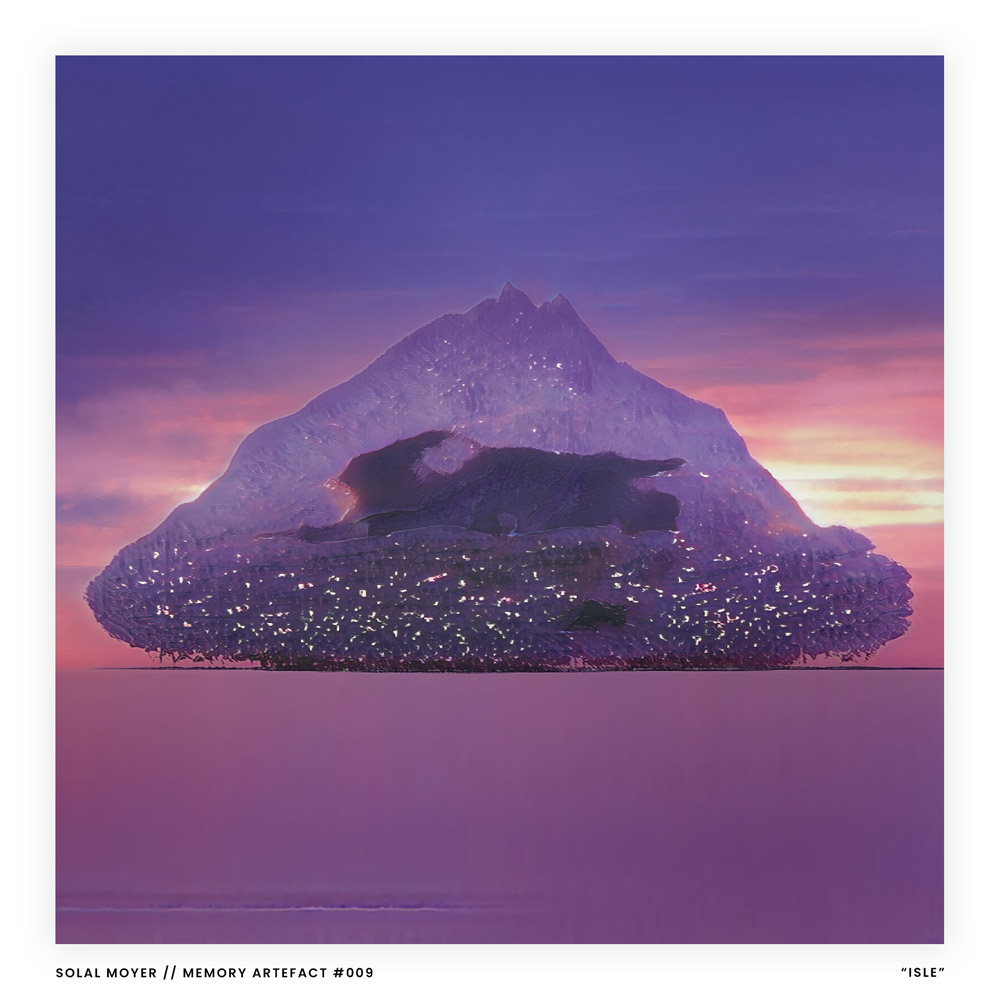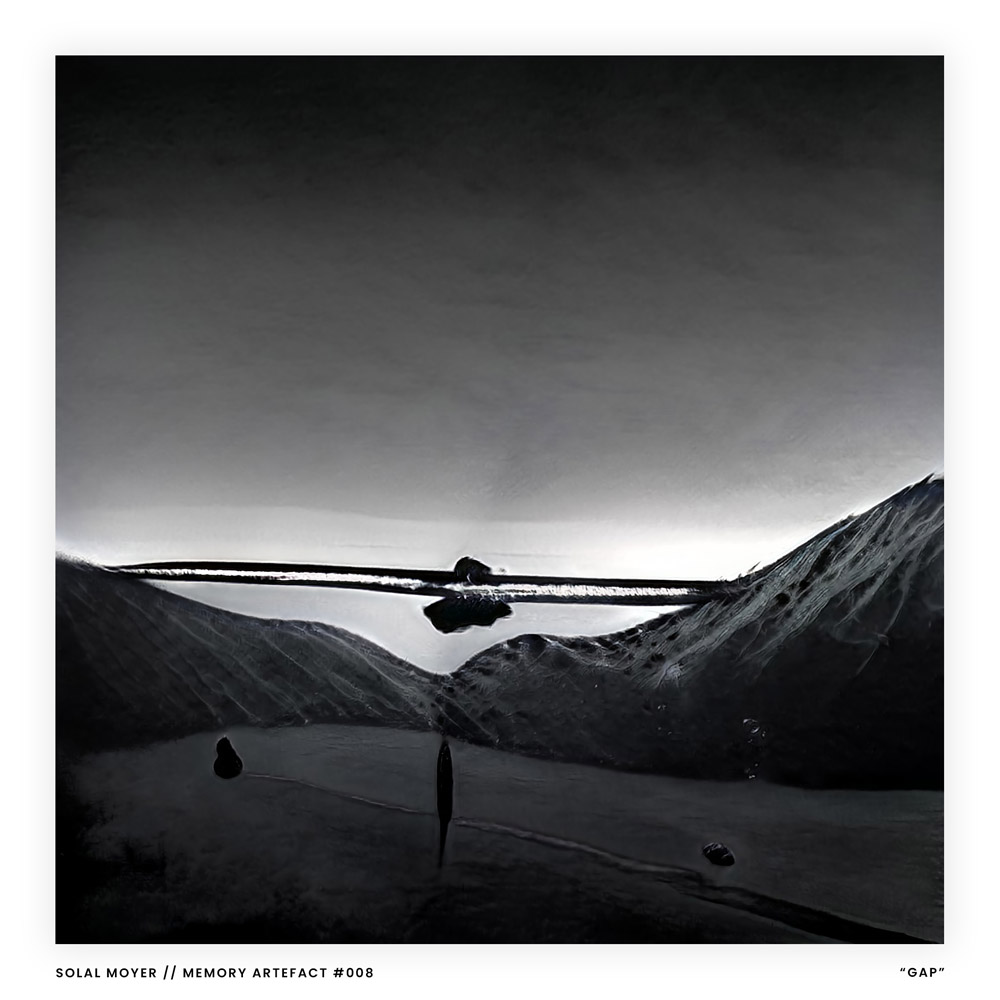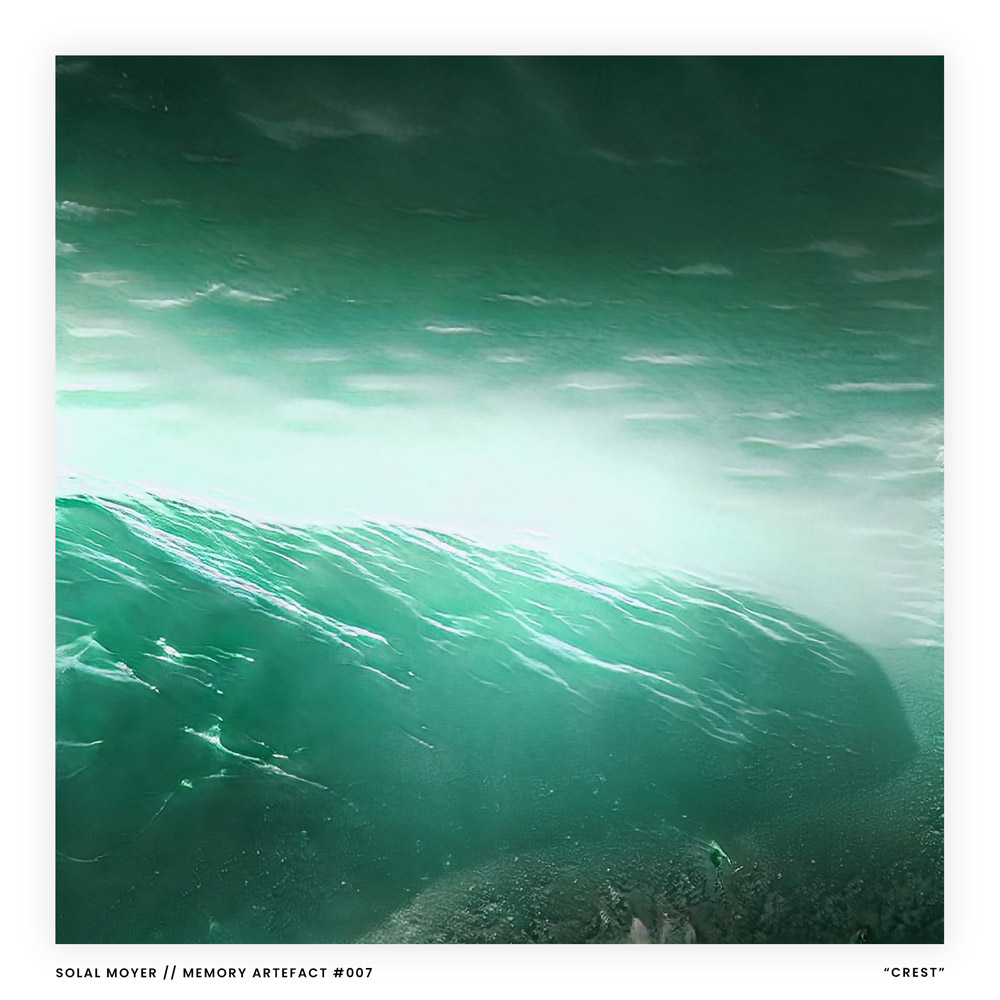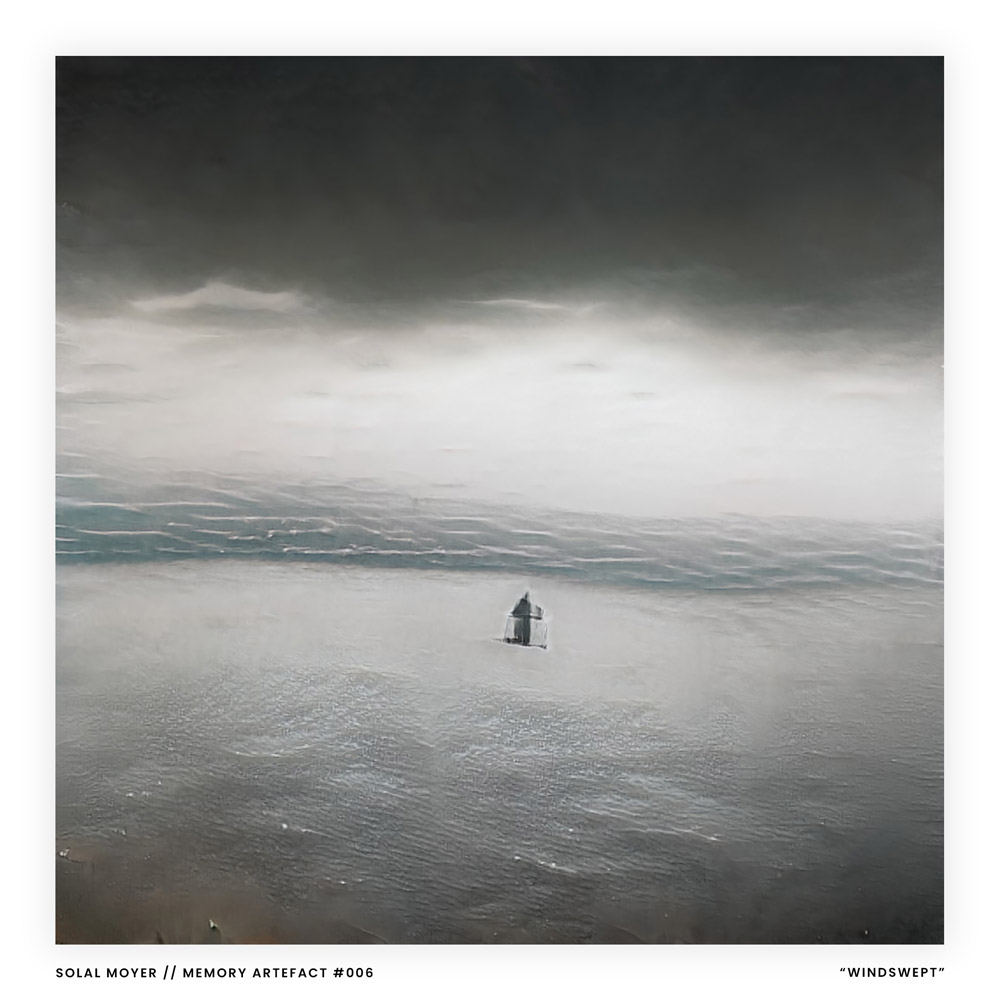The Engram Institute is a non-profit organisation, created to capture and preserve the most important memories in human history. From pivotal moments to the perspectives of important figures, we aim to record it all.
Our journey started as NGram – a commercial enterprise founded to create a Direct Neural Interface (DNI) for real-time human-computer interaction.
While the earliest Human-Computer interfaces used keyboards and typing, early science fiction and imitative technology portrayed natural language and speech interaction as the way of the future. NGram correctly gambled that this was ultimately too cumbersome, and many people could type quicker than they could formulate a thought and communicate it succinctly via speech. The only upper limit to human-computer interaction was the speed of thought.
When DNIs became the standard model of interaction, an interesting side effect was discovered – how to download and store memories.
Storing memories wasn’t enough, however. A way for people to be able to interact with these memories was needed. New technologies and artificial intelligence have allowed the repair and reconstitution of memory fragments so that they can be visually reviewed.
Motivated by the tragedy of Solal Moyer, the Engram Institute pioneered the ReMem™ process to recover some of the most important images from humankind’s early interstellar history.
Just like the Library of Congress in the former United States focused on preserving important cultural artifacts, the Engram Insitute will preserve important memories.
The process
Memory Engrams are downloaded into an artificial neural net designed to mimic different biochemical processes for recall. Artificial Intelligence compares and combines these processes to get as close as possible to what we believe the originator of a memory was seeing and perceiving at the time. The process is far from perfect, with the images taking on a slightly distorted, somewhat ethereal quality. However, based on trials, we know the images to be a decent approximation.
Available to own
All of our collections are available to own and collect as Non-Fungible Tokens (NFTs) on OpenSea.io.

